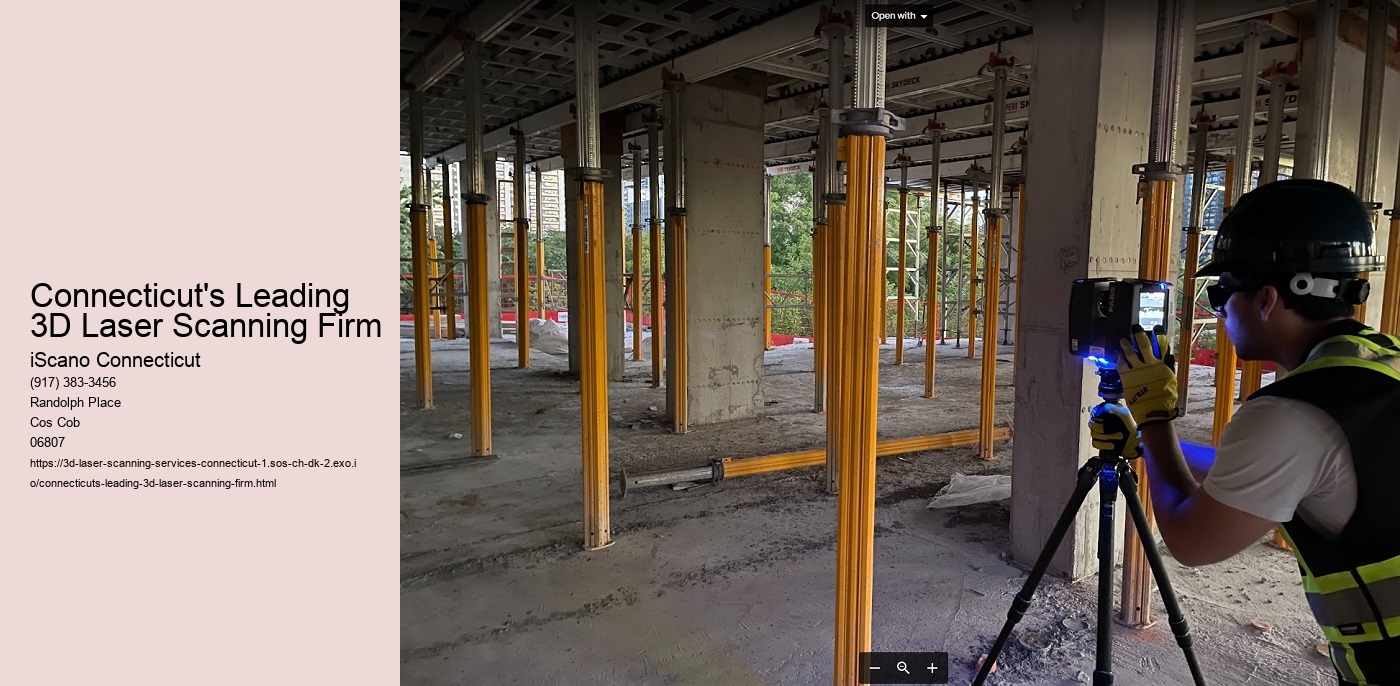Changing Mapping and Surveying: 3D Laser Scanning Redefines Connecticut'' s Visual Landscape Development in visualization has actually taken a large leap ahead with the development of 3D laser scanning innovation. Connecticut's Leading 3D Laser Scanning Firm . This cutting-edge tool is changing the means we view and communicate with our surroundings, particularly in the context of mapping and surveying in Connecticut. With its exceptional precision and efficiency, 3D laser scanning is improving markets and opening brand-new opportunities for urban planning, infrastructure growth, heritage preservation, and much more.
Connecticut, with its varied terrain and rich social heritage, offers a myriad of difficulties and chances for visualization modern technologies. Conventional techniques of mapping and checking frequently battle to catch the intricate details of its landscapes and frameworks. Nonetheless, 3D laser scanning provides a service that exceeds these limitations, supplying extremely accurate and in-depth representations of both all-natural and man-made atmospheres.
Among the crucial advantages of 3D laser scanning is its capability to record information rapidly and non-invasively. By releasing laser pulses and determining the time it considers them to return, scanners can produce precise three-dimensional versions of things and landscapes with remarkable speed. This effectiveness is particularly useful in Connecticut, where tasks typically face tight target dates and complicated terrain.
In addition, the degree of detail recorded by 3D laser scanning is unrivaled. From the intricate exteriors of historic buildings in New Place to the sturdy topography of the Litchfield Hills, every subtlety is faithfully recreated in the resulting digital designs. This degree of fidelity not just enhances the precision of mapping and surveying efforts yet likewise supplies beneficial understandings for preservation and repair tasks.
In addition to its precision and efficiency, 3D laser scanning supplies convenience that is unparalleled by standard approaches. Whether it'' s catching the format of a building website in Stamford or documenting the condition of a bridge in Hartford, scanners can adjust to a wide variety of settings and applications. This flexibility makes them essential devices for engineers, designers, archaeologists, and urban planners across Connecticut.
In addition, the data gathered through 3D laser scanning can be conveniently incorporated into numerous software application systems for additional analysis and visualization. By incorporating scan data with geographical details systems (GIS) or constructing information modeling (BIM) software, stakeholders can acquire deeper insights into spatial connections, recognize potential problems, and make even more informed choices. This assimilation is driving advancement in areas such as city layout, transport planning, and environmental monitoring.
Beyond its functional applications, 3D laser scanning is likewise adding to the conservation and documents of Connecticut'' s cultural heritage. By electronically catching archaeological sites, monoliths, and artifacts, scanners are developing digital archives that can be accessed and examined for generations to find. This not only aids to secure these essential social assets however additionally supplies scientists with invaluable sources for study and interpretation.
Nevertheless, despite its various benefits, the prevalent fostering of 3D laser scanning in Connecticut is not without obstacles. Cost factors to consider, technological experience, and information monitoring problems are simply a few of the aspects that organizations have to browse when implementing scanning projects. Moreover, the fast speed of technological advancement means that practitioners need to continuously upgrade their abilities and equipment to stay ahead of the contour.
Finally, 3D laser scanning represents a transformative innovation in visualization that is improving the means we regard and connect with our environment. In Connecticut, this modern technology is opening new opportunities for mapping, checking, and cultural heritage conservation, while also driving advancement in a large range of industries. As the technology continues to develop, its possible to revolutionize visualization in Connecticut and beyond is virtually unlimited.
